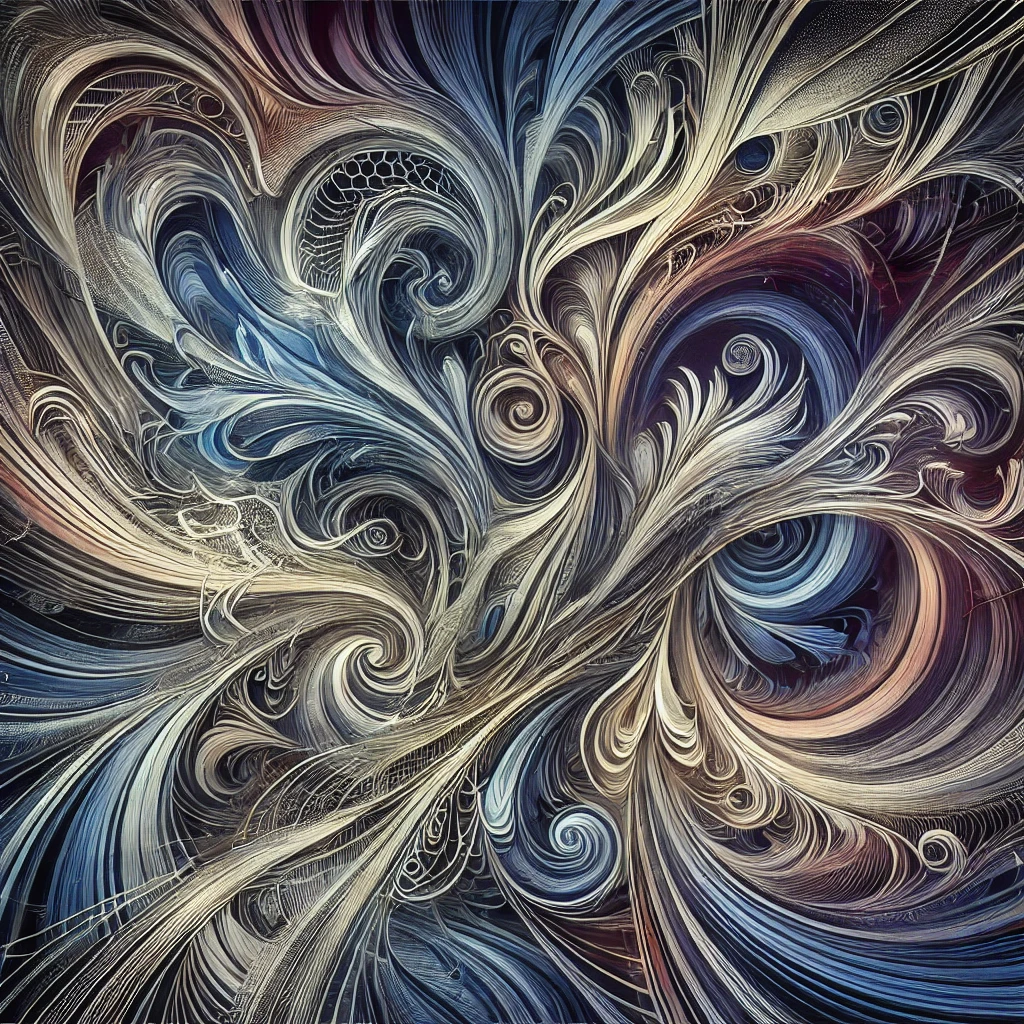In the realm of art and creativity, new tags, identifiers, and techniques are constantly emerging to describe unique approaches to artistic expression. One such term that has been gaining traction is “drawing
.” Although it may seem unfamiliar, this keyword is likely associated with a specific style, community, or artistic trend that is gaining momentum in online art spaces. In this SEO-optimized article, we will explore what drawing
represents, its significance in the artistic community, and how drawing as a creative medium continues to evolve in the digital age.
What is drawing drawing:qzlb_rufojo
The term “drawing” likely represents a distinct tag or identifier used to categorize artwork on online platforms. It may relate to a particular art style, technique, or theme that resonates with a specific audience or community of artists. Just as we see with popular art platforms like DeviantArt, Pixiv, and ArtStation, tags like drawing
help group similar works together so that viewers can easily find and explore them.
Tags like these are essential for artists and fans alike, helping to organize and curate vast amounts of creative content. While drawing
might not be widely known in mainstream circles, it could be part of an emerging artistic trend or movement that appeals to a niche but passionate group of creators and art enthusiasts.
The Importance of Drawing as an Artistic Medium
Drawing, as one of the oldest forms of visual art, holds a special place in the world of creative expression. Whether it’s through traditional pencil-and-paper techniques or modern digital tools, drawing remains a vital way for artists to communicate ideas, emotions, and stories. The tag drawing
might highlight a unique approach to this timeless medium, offering artists a way to showcase their creativity in new and innovative ways.
Here are some of the key reasons why drawing continues to be an essential form of art:
Foundational Skill for All Art Forms
Drawing is often considered the foundation of all other art forms. Whether an artist specializes in painting, sculpting, digital art, or even animation, the ability to draw helps build essential skills like understanding form, proportion, perspective, and composition. The techniques that artists learn through drawing can be applied to virtually any creative discipline, making it a versatile and valuable skill to develop.
Immediate and Accessible drawing:qzlb_rufojo
One of the greatest advantages of drawing is its accessibility. Unlike some other art forms that may require expensive tools, materials, or software, drawing only requires a basic set of tools—such as a pencil and paper—to get started. This accessibility allows artists to express themselves whenever inspiration strikes, making drawing a popular choice for both amateur and professional artists alike.
Tags like drawing
may highlight the work of artists who embrace this immediate form of expression, sharing their creations with a community of like-minded individuals.
Personal and Unique Style Development
Every artist has a unique way of seeing the world, and drawing provides a way to capture that perspective. Over time, artists develop their own distinctive styles that set their work apart from others. The tag drawing
could represent a specific art style or aesthetic that appeals to artists who are experimenting with new techniques or looking to build their personal brand in the art world.
Developing a personal style is a critical aspect of an artist’s journey, and drawing is a medium that allows for experimentation and growth in this regard. As artists explore different approaches to lines, shading, texture, and form, they find new ways to express their vision and create a signature style that makes their work instantly recognizable.
Digital Drawing: The Evolution of a Timeless Art drawing:qzlb_rufojo
While traditional drawing methods will always have a place in the world of art, digital drawing has opened up new possibilities for artists. Tools like Adobe Photoshop, Procreate, Clip Studio Paint, and Corel Painter have transformed the way we create and share drawings, offering unprecedented flexibility and creative freedom.
The tag drawing
might also represent a movement within the digital drawing space, where artists are experimenting with advanced digital tools to push the boundaries of what can be achieved through this medium.
1. The Advantages of Digital Drawing
Digital drawing offers several advantages over traditional methods, making it a popular choice for many contemporary artists. These advantages include:
- Undo/Redo: Digital tools allow for easy adjustments, giving artists the ability to undo mistakes and experiment freely without fear of ruining their work.
- Layering: Digital programs offer the ability to work in layers, which helps artists organize their work, experiment with different elements, and make changes without affecting the entire drawing.
- Custom Brushes and Tools: Many digital drawing programs offer customizable brushes and tools that mimic traditional mediums, such as charcoal, ink, and watercolor, while also providing effects that are unique to the digital space.
- Ease of Sharing and Collaboration: Once a digital drawing is complete, it can be shared instantly with a global audience through social media, art platforms, and personal websites. This ease of sharing fosters collaboration and feedback, allowing artists to grow their skills within a supportive community. drawing:qzlb_rufojo
2. Combining Traditional and Digital Techniques
Many contemporary artists are blending traditional drawing techniques with digital tools to create hybrid artworks that offer the best of both worlds. For example, an artist might begin with a hand-drawn sketch, scan it into a digital program, and then refine and color the piece using digital brushes. drawing:qzlb_rufojo
The tag drawing
could represent a community of artists who embrace this hybrid approach, combining the tactile qualities of traditional drawing with the flexibility and precision of digital tools. This fusion allows for unique results, as artists bring the texture and soul of traditional media into the modern digital landscape.
Community and Collaboration in the World of Drawing drawing:qzlb_rufojo
One of the most exciting aspects of creating art in the digital age is the ability to connect with other artists from around the world. Tags like drawing drawing:qzlb_rufojo
help artists find and collaborate with peers who share their artistic interests, styles, or techniques. This sense of community fosters creativity and encourages artists to continue pushing the boundaries of their work. drawing:qzlb_rufojo
1. Constructive Feedback and Growth
Online platforms and art communities provide valuable opportunities for artists to receive feedback on their work. Constructive critiques from fellow artists can help individuals identify areas for improvement, experiment with new techniques, and grow their skills. The tag drawing
may be part of a larger community where artists regularly share their work, offer advice, and help one another grow in their artistic endeavors. drawing:qzlb_rufojo
2. Collaborative Projects drawing:qzlb_rufojo
In addition to feedback, the online art community also opens the door to collaborative projects. Artists who meet through shared tags like drawing
may decide to work together on joint projects, creating artworks that combine their unique styles and talents. Collaboration can lead to innovative results, as artists inspire one another and blend their creative visions to produce something entirely new.
The Future of Drawing in the Digital Age
As digital tools continue to evolve, the future of drawing is likely to see even more exciting developments. Artificial intelligence (AI), for example, is beginning to play a role in the world of art, with AI-assisted drawing programs helping artists explore new forms of creativity. Artists using drawing
as a tag may be at the forefront of these innovations, experimenting with cutting-edge technology to create art that challenges traditional notions of what drawing can be.
However, no matter how advanced the tools become, the core principles of drawing—creativity, expression, and technique—will remain the same. Whether an artist works with pencil and paper or a digital tablet, the act of drawing is a deeply personal and creative process that allows individuals to explore their imagination and communicate visually. drawing:qzlb_rufojo
Conclusion
In the expansive world of art, terms like drawing
represent the ever-evolving landscape of creative expression. As artists continue to explore new techniques, both traditional and digital, drawing remains one of the most versatile and accessible mediums available. Through the tag drawing
, artists are likely contributing to a rich tapestry of creativity that allows them to connect with others, develop their unique styles, and push the boundaries of what drawing can achieve.
Whether you’re a professional artist or a hobbyist, the world of drawing offers endless opportunities for growth and exploration. Tags like drawing
help organize and celebrate the creativity of artists worldwide, ensuring that this timeless art form will continue to thrive in both traditional and digital spaces for years to come.


